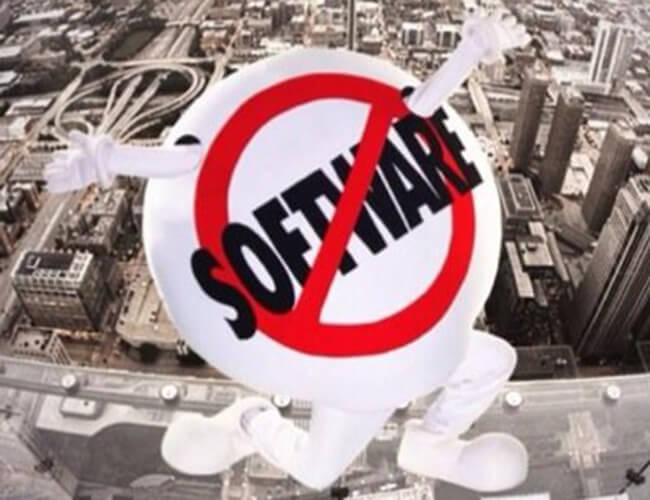It’s okay to be picky when you’re looking at a database. There are plenty of databases out there looking for a match, and after all, you’re kind of a big deal. You’re a nonprofit. You’re in the business of saving the world. It’s important that you’ve got a partner who supports your ambitions and gets why what you do is so important to you. You need a partner who will be here for you today but who will continue to grow as you do. They need to be easy on the eyes for sure, but where you are in your life right now, it’s much more important that they have substance to back up their style.
After seeing what Salesforce has to offer a nonprofit like you, you’re going to want to swipe right for Salesforce.
It’s so much more than just a sales database
While it’s true that most of Salesforce’s clients are in the private sector, that doesn’t mean it doesn’t know how to treat a nonprofit. The Salesforce Foundation has two solutions that do a total conversion of a basic Salesforce instance into a nonprofit powerhouse. Other companies have also built end-to-end conversions of Salesforce for nonprofit purposes.
More than just using nonprofit language and architecturally supporting the nonprofit business model, Salesforce can be deliberately designed to support business processes that are unique to your organization. Custom page layouts can keep information relevant to many different types of users. If your program staff don’t need to see your financial information, they don’t have to. If every record needs to contain certain information and that information needs to be in a specific format, Salesforce can provide on-screen guidance to coach your users to enter the information correctly–and can block them from creating bad data in the first place. For really sophisticated needs, Salesforce developers can deploy custom Apex code to execute advanced business logic.
It has a rich developer and partner ecosystem
If you partner up with Salesforce, you’re never going to have to be alone. Salesforce has a very rich ISV (independent software vendor) and implementation partner (that’s Cloud for Good and companies like it) ecosystem. That means a couple of things: first, if you need some new functionality that Salesforce doesn’t have out of the box, it’s fairly likely that a software vendor has developed a tool that does what you’re looking for already. It also means that if you need some functionality that isn’t handled well by a software vendor, if you need to make extensive changes to your Salesforce system, or if you just need a little extra help, it isn’t hard to find the right Salesforce partner to give you a hand. Salesforce partners work on scales from tiny support projects to massive, enterprise-level implementations for some of the largest organizations in the world, so it’s very possible to find a partner whose skills line up with your needs at a price point that works for your growing organization.
You can find talent
Everybody knows Salesforce, and Salesforce knows everybody. Because Salesforce is a platform used by tens of thousands of companies and organizations and hundreds of thousands of users all over the world, you aren’t going to be left high and dry when trying to grow your staff or deal with turnover. By switching to Salesforce, losing your administrator doesn’t mean a business continuity crisis. It’s no longer necessary to conduct a months-long search for someone with an niche skillset in an industry-specific tool, nor to stretch your professional development budget and spend months training someone in the care and feeding of your particular system. Instead, you can focus on finding a good fit with relevant Salesforce certifications in the role you need and get back to saving the world much faster.
You can do it yourself
Salesforce is an easygoing, adaptable kind of database. Here’s something my colleagues in Sales won’t like me telling you: there’s a lot of customization you can do in Salesforce without being a full-fledged expert. Whenever we do an implementation, we always train a few power users in the basics of configuring their Salesforce database. That includes how to create fields, how to write basic formulas, how to write basic workflow rules, and much more. While you should speak to a Salesforce implementation partner if you need to make major changes to your database, Salesforce was built to be maintained by people without advanced degrees in computer science or database architecture.
It’s a good value
Salesforce really cares about you. That’s why, as a part of its 1-1-1 model of corporate philanthropy, Salesforce gives 1% of its employees’ time, 1% of its product, and 1% of its equity to nonprofit organizations. What that means for you is that you can get 10 Enterprise-edition licenses for free, and you can get steep discounts on other offerings from the Salesforce Foundation. Many companies in the Salesforce ecosystem follow the 1-1-1 model, which means that nonprofit organizations can get some very powerful and very expensive software for not very much money.
Did Salesforce catch your eye? Let us know. We think you’d be great together.
Enjoy this post? You might also like:





